Вы здесь
Aktas Mosque.
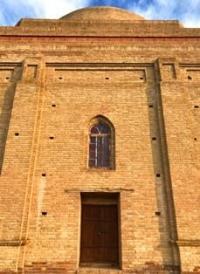
Jeep tours in Kyzylorda region.
“Do not ask the indecisive on your way,
The one who finds the Truth is hidden himself and his words are hidden.
On that I went underground at sixty-three.
When I was one year old, a spirit gave me a share"
Hikmets of Khoja Ahmed Yassaui.
List of monuments of Kazakhstan.
Aktas Mosque (Aktas Mosque) (Kazakh Aktas meshiti) is located at an altitude of 173 meters above sea level, located in southwestern part of ancient cemetery, 2.8 kilometers southeast from right bank of main channel of Syrdarya, 116 meters north -west from Aikozha mausoleum, 11.1 kilometers southwest from Besaryk railway station, 14.8 kilometers southeast from village of Tugisken, in Zhanakorgan district, Kyzylorda region.
The building is located on a ridge in the valley on the right bank of the Syrdarya. At the foot of the terrace flows a spring with medicinal properties. The height of the mosque is so high that in clear weather the domes of the mausoleum of Khoja Ahmed Yasavi were visible from it.
It was a tradition for the local population to gather in this mosque before performing the Hajj to Mecca. Aktas Mosque is an architectural monument. The mosque is a domed structure without a portal measuring 27 x 14 x 6.5 cm and 26 x 27 x 6.5 cm, made of baked bricks on clay mortar with seams up to 1.5 - 2 cm thick.
The plan has a shape close to a square, with side dimensions of 19 x 18.6 meters. The height to the top of the dome is 19.15 meters. The transition from the quadrangle to the octagon, on which the dome rests, is carried out through the corner pointed arches and arches in the walls of the quadrangle.
The internal surfaces of the walls are plastered with clay mortar and whitewash. The transition to the dome was made using a two-tier tetrahedral drum with cut off corners. The brickwork of the facade is decorated with simple decorative rustications.
The main façade is highlighted by three high arches topped with tympanums. The three facades have large doorways with windows underneath. A decorative strip with a geometric pattern runs along the top of the quadrangle. The dome is completed with a kubbah.
The monument is a monumental domed building with a centric volumetric-spatial composition, similar to the Aikozha mausoleum. According to historians and architects, this is the only domed mosque in the lower reaches of the Syr Darya. The base of the building is square in plan.
Above it, a three-stage dome drum is crowned with a hemispherical dome. The main volume of the mosque on the main and side facades is divided into three sections by blades, while the niches thus formed on the main facade are deeper than on the side facades and are covered with pointed arches.
The central section of the main façade rises above the roof of the main volume and forms a small portal. The blades of the side facades do not rise to the roof of the quadrangle, and their upper parts are united by a belt of panels located between them differently: three on the side facades and four panels on the rear.
In the upper parts of the blades and in the three “piers” between the panels of the rear facade, vertically elongated panels are also inscribed. On the main and side facades in the center there are entrance openings with lancet windows located above them, which have analogies with the Aikozha mausoleum.
On the south-eastern facade in the upper part of the building there are two openings with stairs that lead to the roof of the base. Attached to these openings were attached wooden ladders, along which one climbed to these openings, and then along brick ladders to the roof of the mosque.
The three-stage structure of the drum is probably due to compositional necessity. On these ledges additional horizontal divisions were also introduced, and on the middle one there was a terracotta-colored frieze with a meander theme. The dome above the southern corner originally had an opening covered with a bow arch, according to some sources, for reading sermons.
The dome is topped with a metal finial with a crescent. In the chamber, in each of the walls there was a huge lancet niche, three of them were opened outwards with openings, the fourth - southwestern - had a mihrab in the form of a niche covered with a lancet arch and had a rich frame of carved ganch.
This is the only spot rich in decor that attracts attention in an “empty” interior. The transition to the circle of the dome is carried out by means of arched tromps filled with half of the closed vault; the tromps rest on a shelf passing above the locks of the mentioned four arches.
The interior was designed in two colors: a deep blue panel was applied to the whitewash at the base of the walls; this color was also introduced into the design of the mihrab. The walls in the mihrab area and along the edges are topped with Arabic calligraphy with prayers and surahs from the Koran.
The floor was paved with bricks. After the renovation, the color scheme was lost. The floor surface is traditionally covered with carpets.
Historical information about Aktas Mosque.
The mosque was built in 1882 - 1884 under the leadership of Aikozhi’s grandson Ishan Atamagzum, with the support of Bai Taszhan and the efforts of the local population living in nearby settlements. The construction of the mosque was carried out by a master specially invited from Bukhara.
In 1982, the Aktas Mosque was included in the list of historical and cultural monuments of the Kazakh SSR of republican significance and was taken under state protection. In 1984 - 1986 restoration of the monument was carried out using “Turkestan” bricks with clay mortar, individual masonry seams were sealed with cement mortar.
The first restoration work was carried out in 1984. The mosque was then restored in 2007. Production organization SNRM "Kyzylordarestavratsiya". Design organization "Kazproektrestavratsiya". Historical data about the Aktas mosque was published in the “Syr Eli” encyclopedia in 2005.
2005 - 2007, 2008 - 2011 within the framework of the “Cultural Heritage” program, it was researched and included in the book by the Exploration Expedition of the Institute of Archeology named after A.Kh. Margulan (head Z. Kurmankulov) “Code of historical and cultural monuments of the Republic of Kazakhstan. Kyzylorda Region".
Data about the mosque was published in 2014 in the book by authors T. Dayrabay, M. Akhmetov “Syr elindegi eskertkishter - Monuments of lower reaches of Syrdarya”.
Geographic coordinates of Aktas Mosque: N43°30'55 E67°32'50
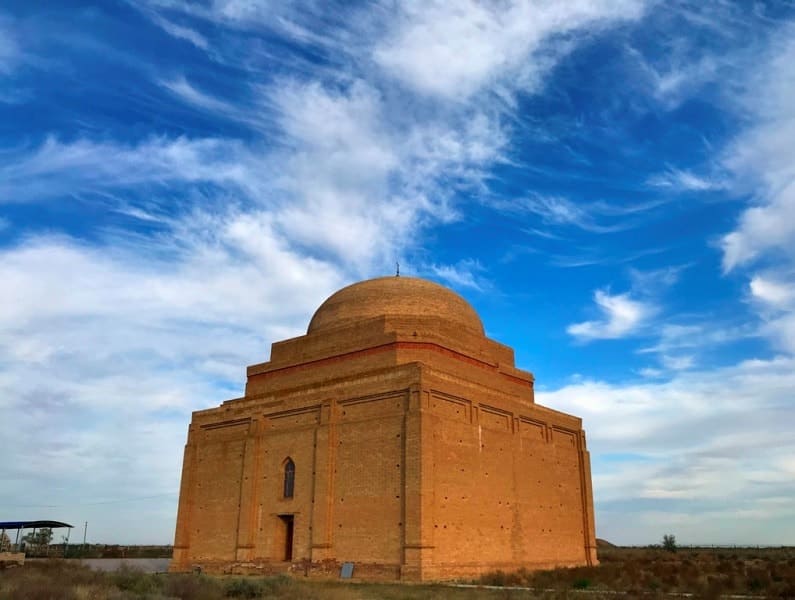
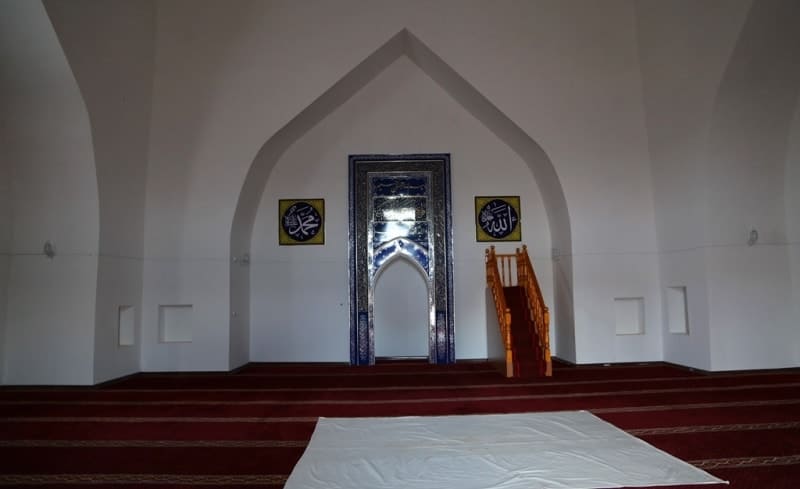
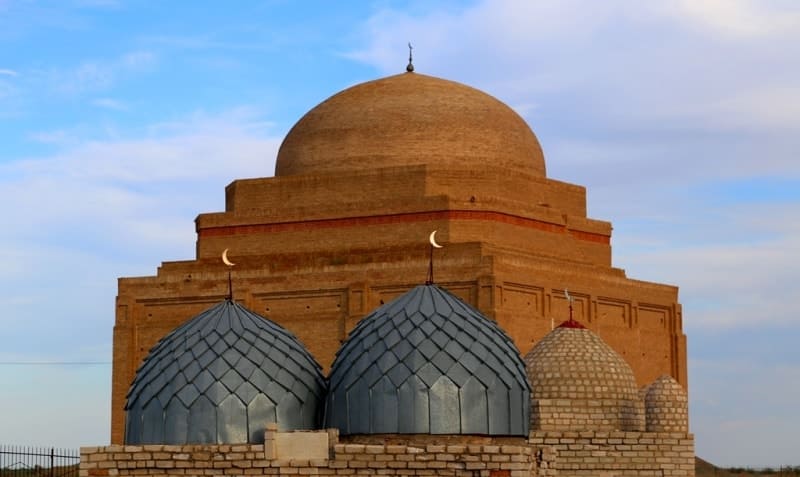
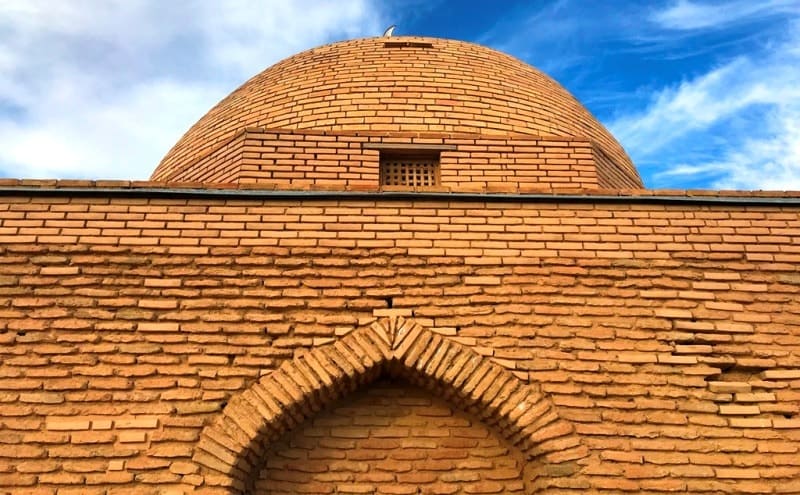
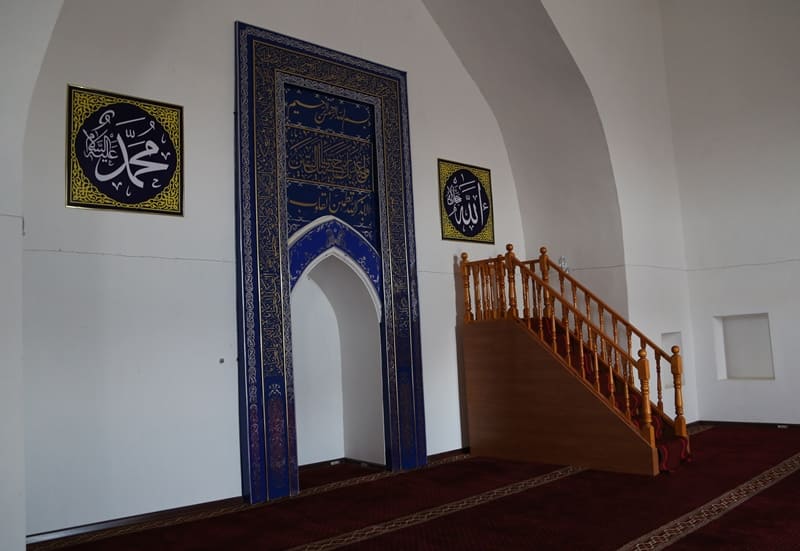
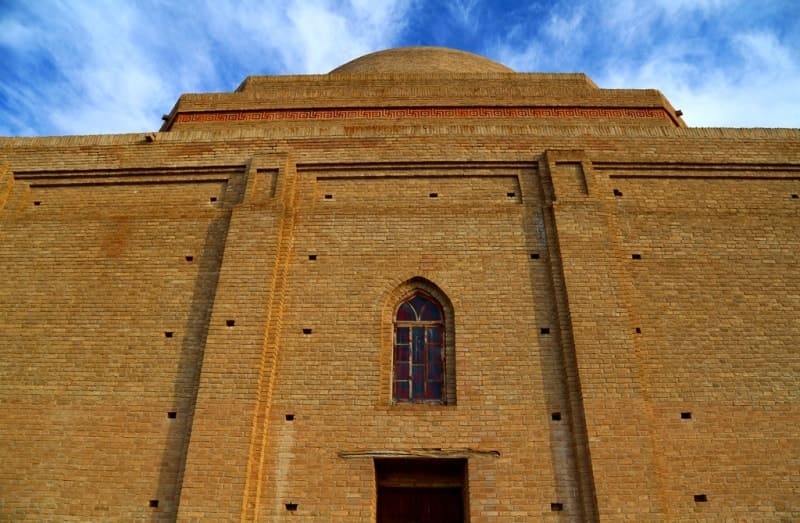
Authority:
The vault is a monument of culture, architecture and archeology of the Kyzylorda region. Wikipedia. http://www.madenimura.kz
https://kyzylorda-pamyatniki.kz/ru/monuments/resp/rmemr33
Photos by:
Alexander Petrov.







